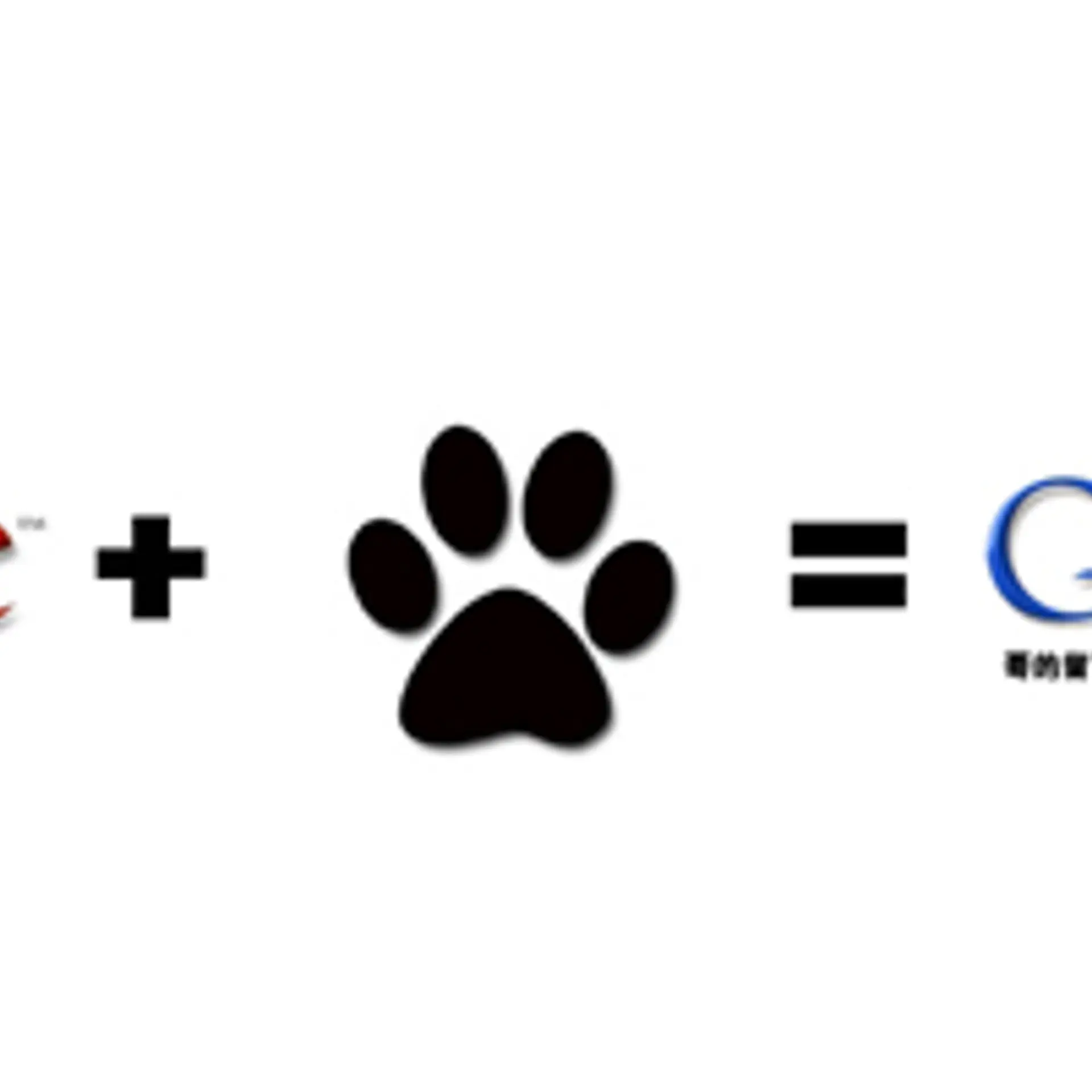

Identifying your leadership style can help you become a better leader
Are you a good leader? If you are a good leader, you will probably have some leadership style. To meet the goals of your team you will have to use different leadership styles for different challenges. Look over these leaderships styles and identify yours to help you become a better leader.

Leadership style is a personal thing and it comes naturally in every individual related to their personality types. It is determined by behavior like introversion and extraversion, thinking and feeling, and judging and perceiving. And all these behavior have a big impact on the success and failure of a leader and consequently the success and failure of a business. A Gallup article also reveals that leadership is one of the most important factors in determining whether your business’s work culture is good, bad or great.
But it is in the knowledge of everyone that no two leaders are the same. Everybody has a unique leadership style and it tells about your personal leadership style. Personal leadership development process is determining your personal style and then developing in the right direction.
So, do you know what is your leader style? Not sure about it? Do not worry, follow these strategies as a guide and in no time you will know your leadership style.
Consider your core values: Leaders who have the most deeply held values of behaviors, choices, and actions lead in the best way. And all this is an outcome of personal leadership style. So, identify your core characteristics that are the principles and that you use to make decisions. They are the steady things in life and will help you weigh choices in life.
Consider your personality traits: Your personality traits will determine your natural style and how you are molded. There isn’t any particular trait that can win, all are equal and good in their own way. Whether you are an introvert, extrovert, disciplined or action-oriented you will perform in your best ways for good results, what differs is just the amount of efforts you put in. All these personality traits are also an important foundation of style for leadership.
Consider strengths and weaknesses: How was your performance in the past and what is your tendency to perform now, all these things will determine how you are learning and moving towards your strengths and weaknesses. When you get to know about both i.e. your strengths and weaknesses, it will help you achieve a lot of things if you know your true potential.
Consider feedback: So, you would be having a little idea about yourself and your style. Try to get a genuine feedback on it and know what you want to achieve. According to your personal style ask the people how you are as a leader to know how you are doing, and how you can improve.
After you have analyzed your personal leadership style you, see in which categories of leadership you fall and improve yourself on the basis of it.
The autocratic leadership
The autocratic leader is the stereotypical “bossy” boss. They try to have a total control on decision making and expect no opinions from employees but just their obedience. Though it is about controlling and dictating the team, it can also lead to success and growth.
A Philanthropist and billionaire, Steve jobs, is a great example. Steve jobs was a well-known American entrepreneur, businessman, inventor and industrial designer. He was known for his authoritarian approach. His leadership style made sure that his employees delivered products that consumers desired for in this digital world.
The visionary leader
Leaders have the vision which makes them think the way most people can't. The visionary leaders unite their employees to work together towards a common vision. They are good with both actions and words, to share their exciting vision into the world.
South African President, Nelson Mandela demonstrated remarkable leadership qualities, including visionary leadership. Nelson Mandela had visions which lead him to fight for a better mankind. Mandela also had a vision where he saw an Africa with apartheid being eliminated and man is being free and equalized and this made him believe that he still had hope through the darkest days in prison.
His vision kept him focused to free the people from the prejudiced past. Thus, a visionary leader has the ability to build loyalty and keep everyone moving towards creating a shared goal and also encourage them to find their own ways of doing things.
Democratic leadership
Democratic leadership provides a better way of doing things in case the situation changes suddenly. Democratic leaders value the input of their employees, but the final decision-making rights are reserved for themselves. Basically, there are no distinctive divides between the leader and the subordinates as the leader is willing to participate with their employees.
Larry Page, Google’s CEO, is an inspiring example of democratic leadership style. He has a very open and equal way of leading and he urges his employees to bring out crazy ideas that could really change the world. He works quite quickly and believes in making faster decisions. The democratic style is most effective when the leader is uncertain and needs fresh ideas from the team.
Which one are you?
With a clear idea of your leadership style make the judgment and it is up to improve upon or adapt the traits of a different style. However, there is no one right way, every leader is a blend of different styles but surely one personal style is most highlighted. I hope it helped you to understand how your leadership style affects your team.
**********
If you liked reading this post, here are some more which you are surely going to love -
1. Hiring a freelancer - the good, the bad and the ugly







